How to choose a sofa that will last – the materials, fillings and features that experts assure will stand the test of time
Sofa experts reveal their top tips on selecting a truly lasting design
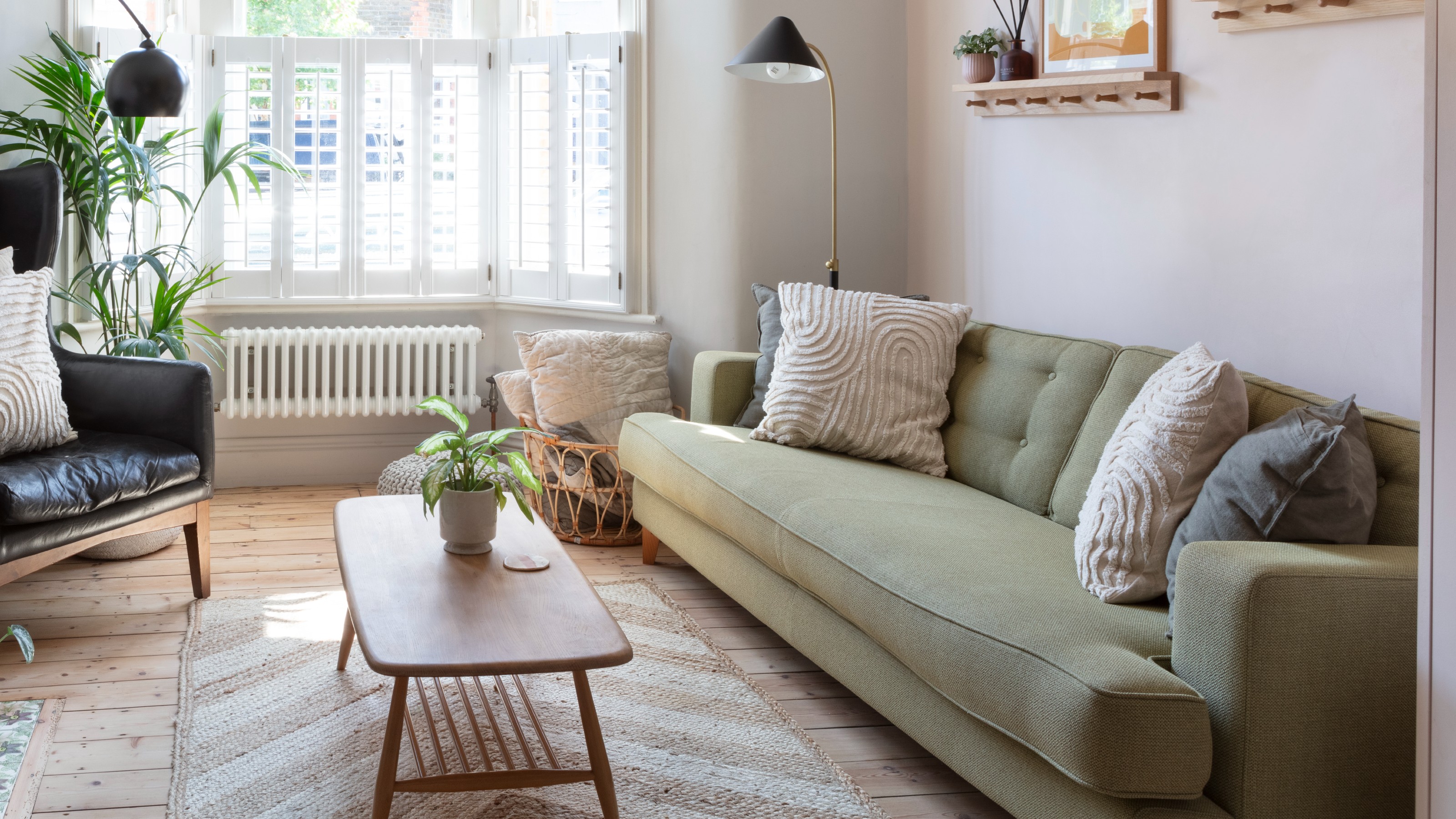

A sofa is a big investment which is why it isn't a purchase you're planning or hoping to have to make often. As well as the price involved, changing a sofa takes a lot of time, effort and patience, so if you're currently in the process of choosing new seating, it’s important to know how to choose a sofa that will last you a long time.
The best sofas should stand the test of time in order for you to get your money’s worth. But sadly, not every sofa does. That’s why I’ve consulted several sofa experts to give us a low-down on what to look for when shopping for your living room seating and what sofa buying mistakes to avoid.
From the best upholstery materials to the sofa’s frame features, these are the expert-approved top tips on how to choose a sofa that will last.
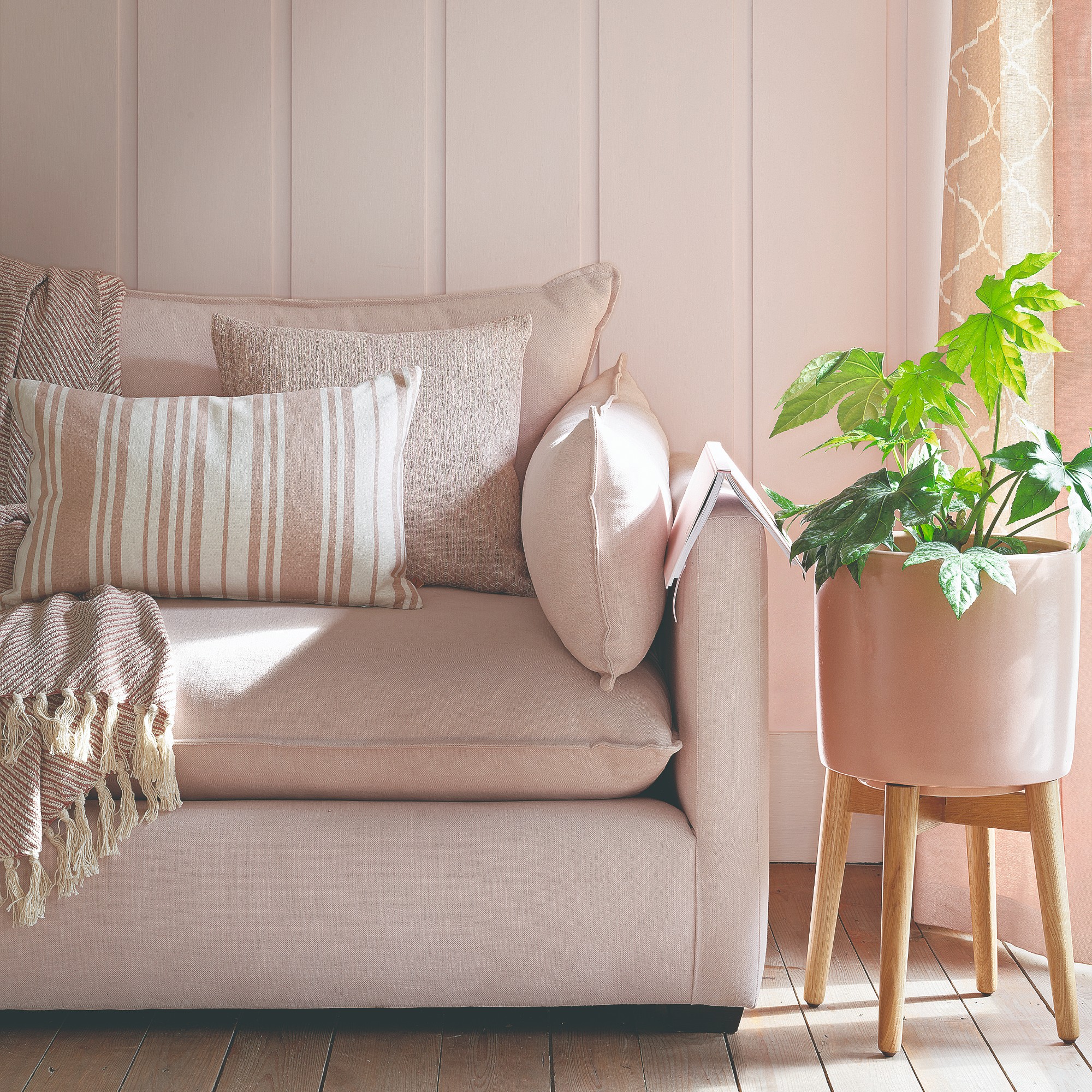
How long should a sofa last?
First thing’s first, we should establish how long we’re talking when we call a sofa long-lasting. Ideally, how long should a sofa last?
‘If it’s well looked after and you regularly plump cushions and keep the material clean, a quality sofa should last at least 10 years,’ says Kellie Wyles, head of upholstery at DFS.
Gisela Lancaster, head of buying at Sofology, goes even further than that. ‘Sofas are a huge investment and there’s no reason why a much-loved and well-maintained sofa can’t last for 20 years or more.’
Kellie adds, ‘The average customer replaces their sofa approximately every seven years, but this is largely due to changing trends rather than wear and tear.’
Get the Ideal Home Newsletter
Sign up to our newsletter for style and decor inspiration, house makeovers, project advice and more.
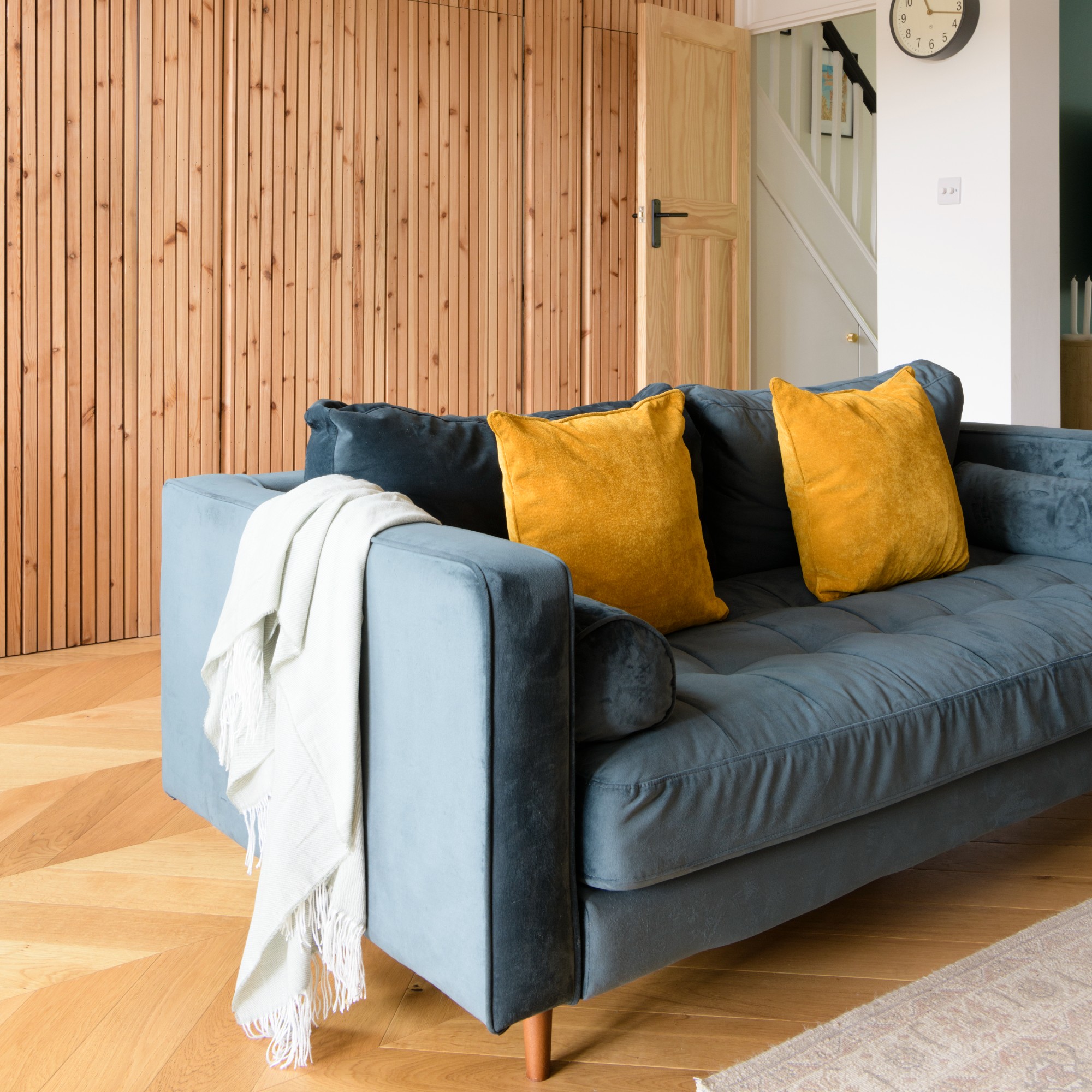
How to choose a sofa that will last
1. Choose a sofa you love
Speaking of ever-evolving living room trends, as much as we love to play around with them, it's important not to let these dictate your sofa choice. You should always choose a sofa that you really love, not because it’s trendy or just because it’s currently on offer but because it's reflective of your personal taste and style. Think, ‘would I have loved this just as much 10 years ago and will I love it 10 years from now as much as I do now?’ If the answer is yes, you’re easily onto a winner.
‘Always look for a sofa you love. It may sound obvious but try not to opt for sale items that present the best deal as you’re more likely to leave with something for the short term,’ Gisela at Sofology confirms.
‘Choose a style that reflects your taste and opt for a colour that complements your long-term design vision,' agrees Patricia Gibbons, head of design at Sofa.com. 'If you’re after a pop of colour or pattern, consider incorporating it with accessories like cushions and throws that can be changed out easily, rather than committing to a bold sofa fabric.’
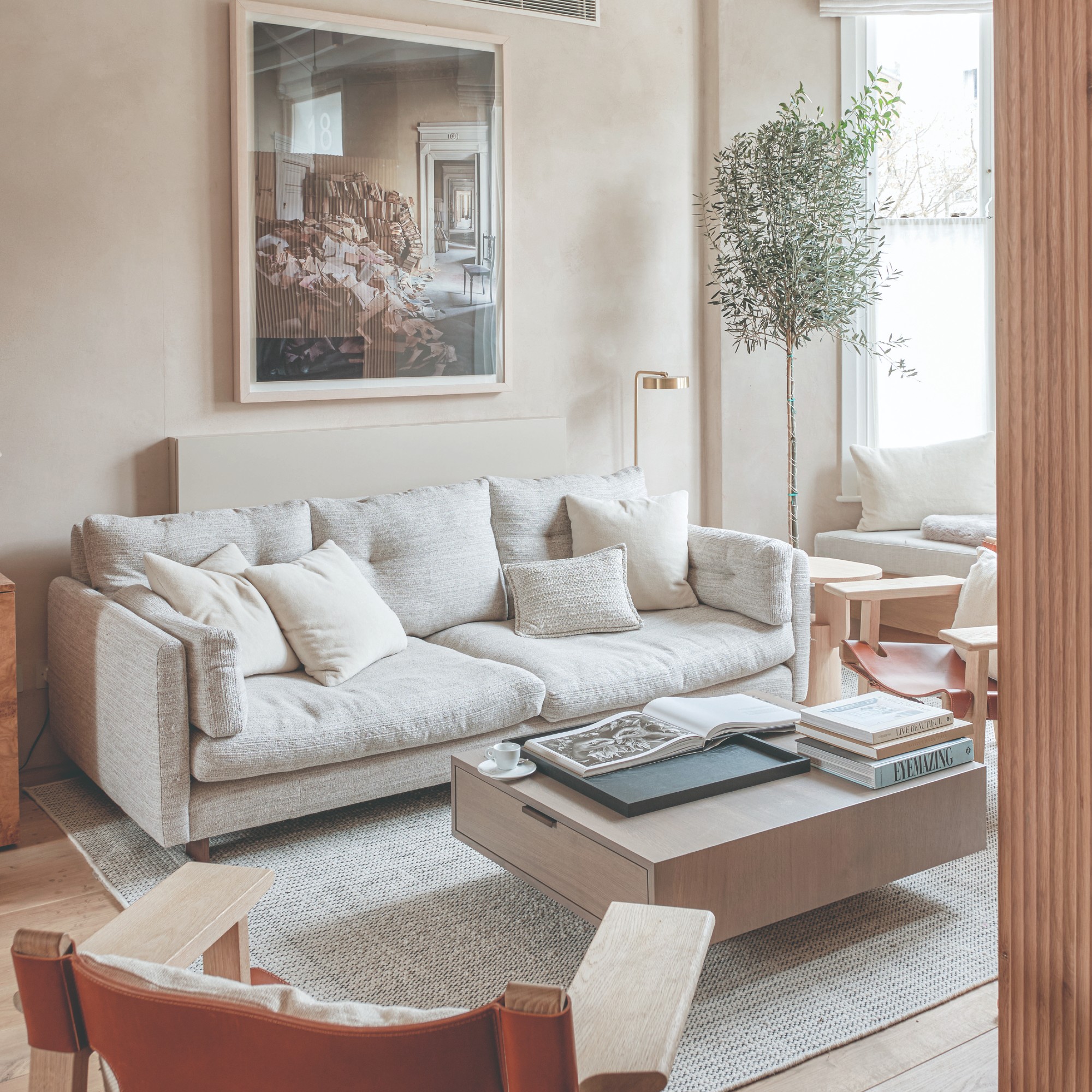
2. Opt for a versatile design
It’s also crucial to consider the versatility of the sofa design as it's entirely possible that over the course of the next decade you will move house or at least redecorate your home. So going for a sofa that will be able to adapt to these changes is helpful.
‘Choose a design that will last – broad appeal design, neutral colours that you can accessorise and update with some fashion colour cushions or throw,’ says Monika Puccio, head of buying at Sofa Club.
One of the ways to make sure your sofa will be able to adapt to a new space is to opt for one of the best modular sofas. ‘Modular designs are a great way to extend your sofa’s life as you can reconfigure them to suit your changing needs and space over a long period of time,’ Monika adds.

3. Go for a durable upholstery material
When it comes to how to choose the best sofa upholstery, Gisela stresses that you ‘don’t compromise on materials – choosing durable, hard-wearing fabrics that will withstand everyday wear and tear. Avoid cheap materials that will look great for a while but rapidly deteriorate.'
‘Choose a fabric that not only complements your lifestyle but also fits seamlessly with your room’s design scheme,' adds Patricia. 'Leather is known for its durability, but there are also new fabric blends like canvas that are long-lasting. Cotton and wool can last five to 15 years, but they do require extra care. For busy households, opt for performance fabrics that are stain-resistant and easy to clean, like those that have been pre-treated.’
But as far as upholstery goes, there is the option of reupholstering your sofa if it gets damaged or you get tired of the style in the long term. Or you can opt for a sofa design with removable covers which are easier to clean as they are usually washable and they’re easier to replace, too.
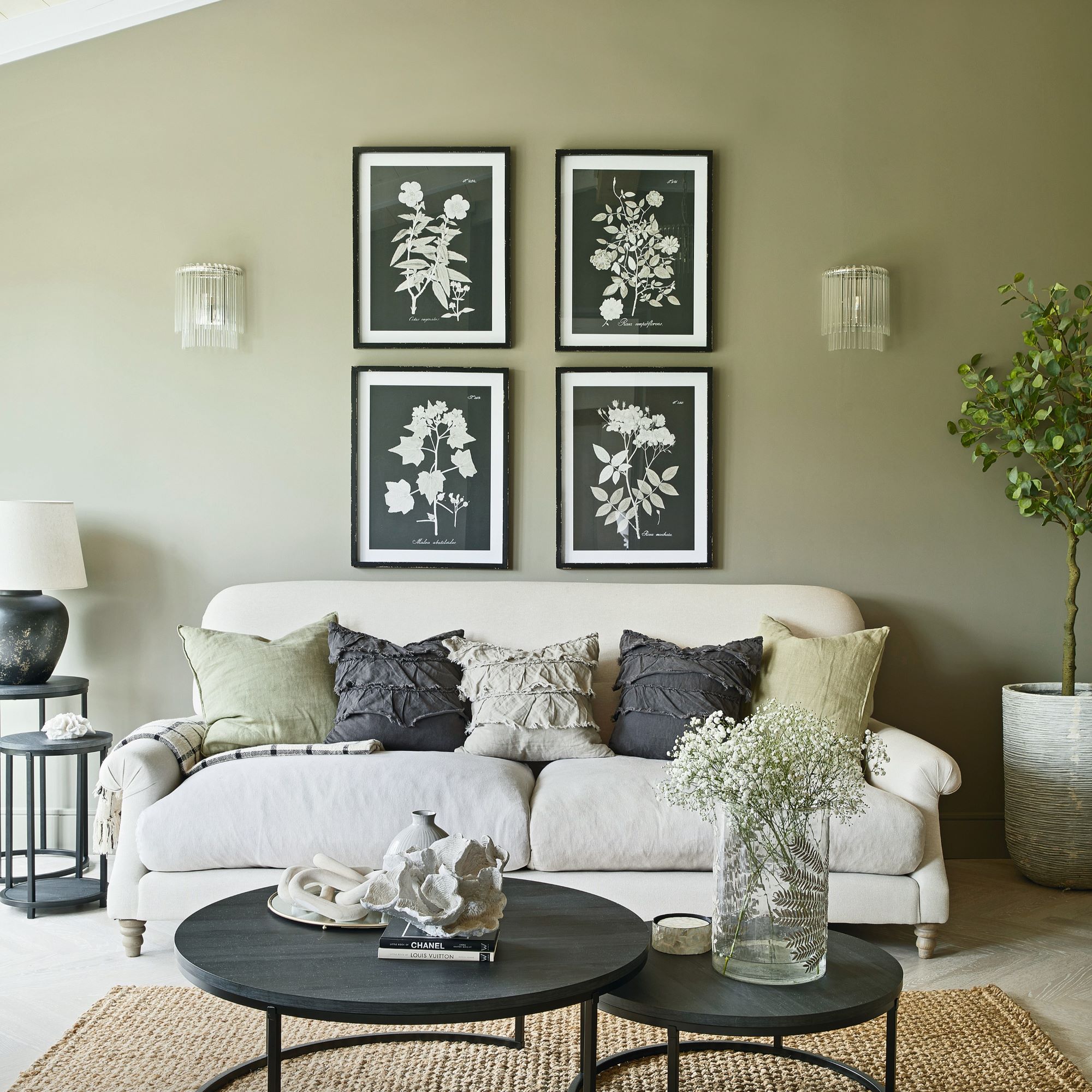
4. Get a high-quality frame with a guarantee
Not all of the important features of a long-lasting sofa are as obvious as the upholstery. In fact, the most important one is very much hidden away. I’m, of course, talking about the sofa’s frame, the structure and back bone of the design which needs to be sturdy in order to last long.
‘When shopping for a good-quality sofa, there are several important factors to consider, many of which may not be visible at first glance,’ says John Darling, founder of Darlings of Chelsea. ‘This means you need to trust the brand's reputation and what they say about their materials and craftsmanship.'
'Some hidden but key quality indicators include a solid hardwood frame as it provides greater durability. If your delivery men are working hard to carry this into your home this can be a clear indicator as a heavier sofa indicates a solid frame and materials used.’
'Avoid buying flimsy frame sofas with basic poly foam as they simply won’t last,' agrees Monika from Sofa Club. 'Go for a sturdy frame made in solid kiln-dried wood that will not warp or crack with use. A heavy sofa is a good indication of good quality materials used.’
But to make sure the brand truly believes in its product, it’s best to go for a sofa design with a frame guarantee. ‘Ask about the warranty,' advises Patricia from Sofa.com. 'A good-quality sofa should come with a solid frame warranty, ideally lasting 10 years or more, giving you peace of mind that your investment is built to last.'

5. Pay attention to the cushion filling
Finally, one of the most important features of a good sofa is a high-quality cushion filling that ensures both comfort and durability without sagging over time.
‘High-quality sofas use cushions with foam cores wrapped in down or fibre. This combo gives you both support and softness, so the sofa holds its shape over time but still feels inviting and comfortable,’ explains Patricia.
‘The denser the cushion foam, the longer it will last,' adds Monika. 'Look for cushions with high-resilient foam with a batting wrap (down or polyester) as well as sprung pockets for additional durability and long-lasting comfort of seating.’
Our top sofa picks

Having earned the title of the best sofa overall in Ideal Home's buying guide to best sofas, the John Lewis Draper sofa gets our reviewers' stamp of approval as a good investment sofa that will last.
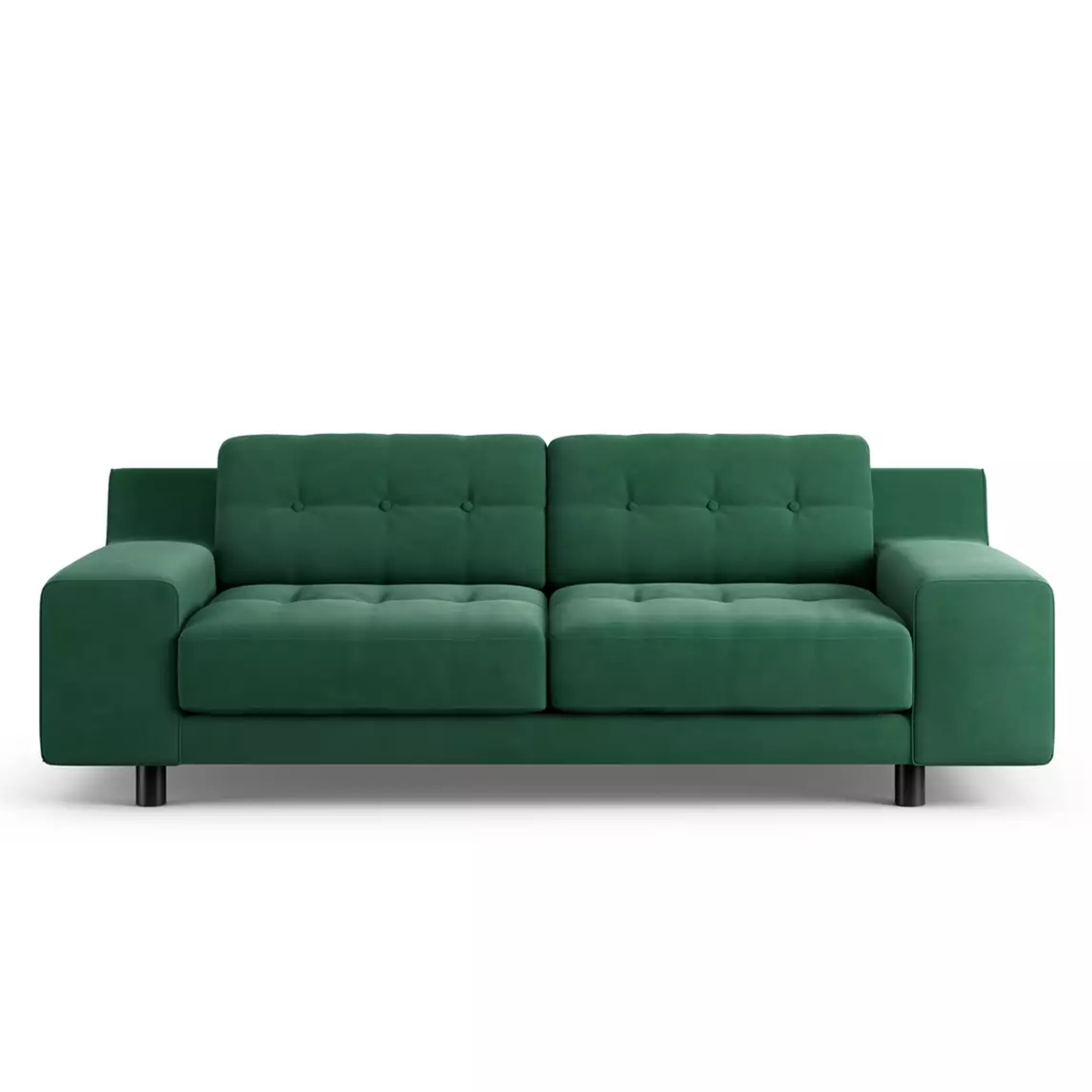
Ranked as the best value large sofa in our best sofa buying guide, the Habitat Hendricks design perfectly balances comfort, style and price. And you can choose from 21 very varied upholstery options.
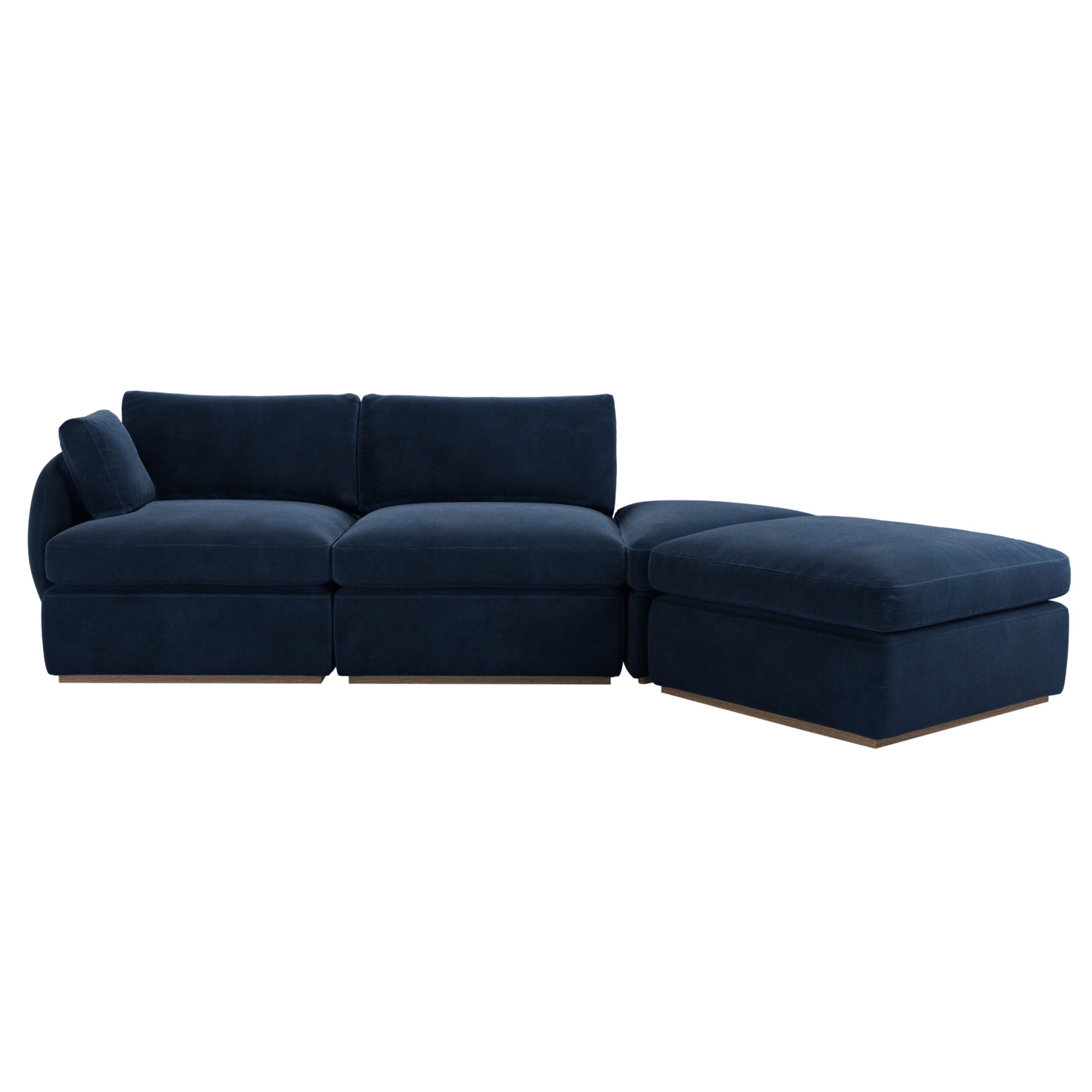
It’s no coincidence Sofa.com’s Ren sofa was awarded the best sofa winner in the Ideal Home Living Room Awards. We love that it's modular so it can be reconfigured and added to as you move house. And the comfy cushions are made with feather and fibre-topped foam.
As you can see, there are a few different factors at play when choosing a sofa that will last. But these pro tips will guide you and help you make the right choice. Happy sofa shopping!

Sara Hesikova has been a Content Editor at Ideal Home since June 2024, starting at the title as a News Writer in July 2023. She is now also the Ideal Home Certified Expert in Training on Furniture, and so far has tested 80 different sofas.
Graduating from London College of Fashion with a bachelor’s degree in fashion journalism in 2016, she got her start in niche fashion and lifestyle magazines like Glass and Alvar as a writer and editor before making the leap into interiors, working with the likes of 91 Magazine and copywriting for luxury bed linen brand Yves Delorme among others.
-
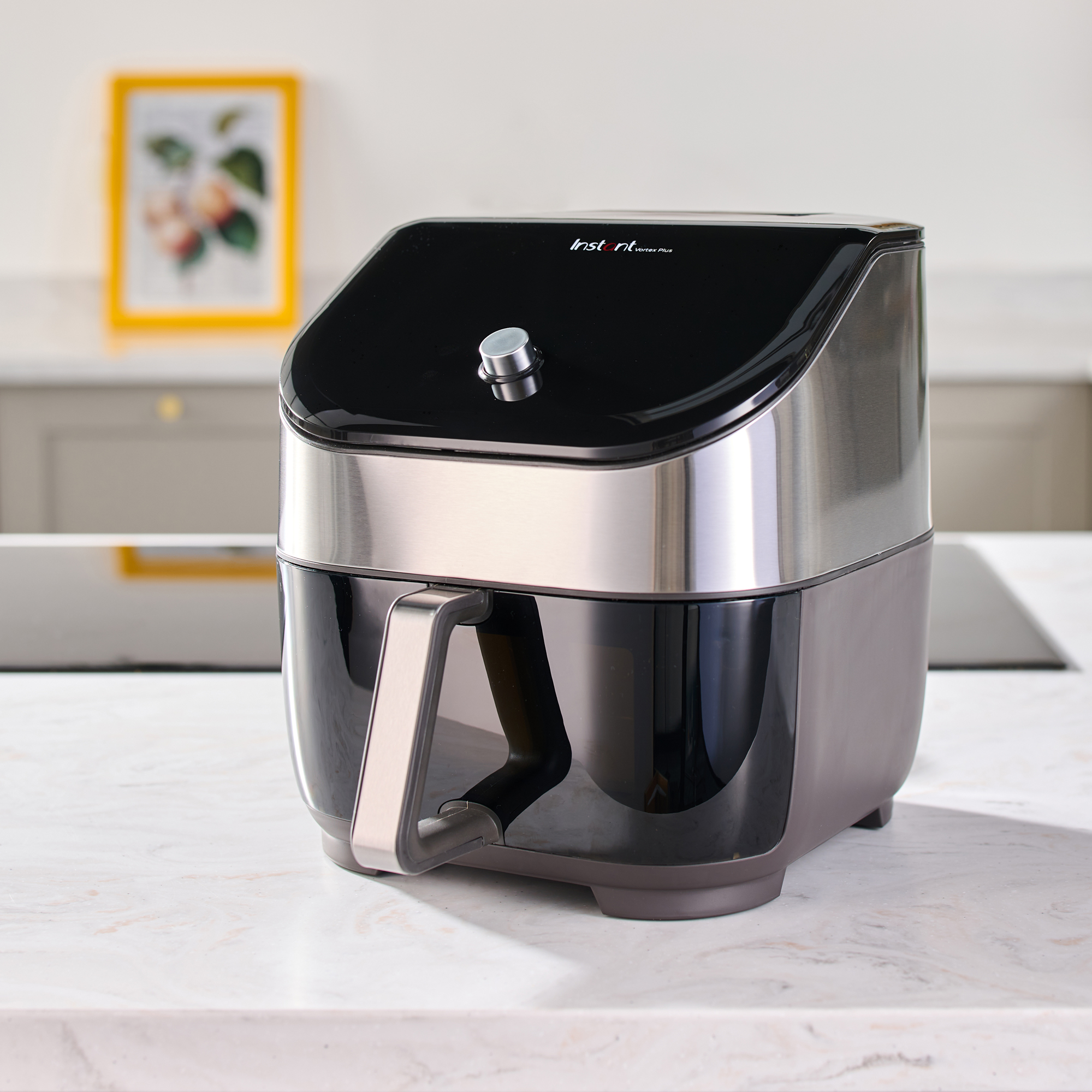 Should an air fryer be on display in a kitchen or hidden away? This is why I always keep my small appliances on the worktop
Should an air fryer be on display in a kitchen or hidden away? This is why I always keep my small appliances on the worktopAre you on team display or neatly hidden away? Share your opinion in the comments
By Rebecca Knight
-
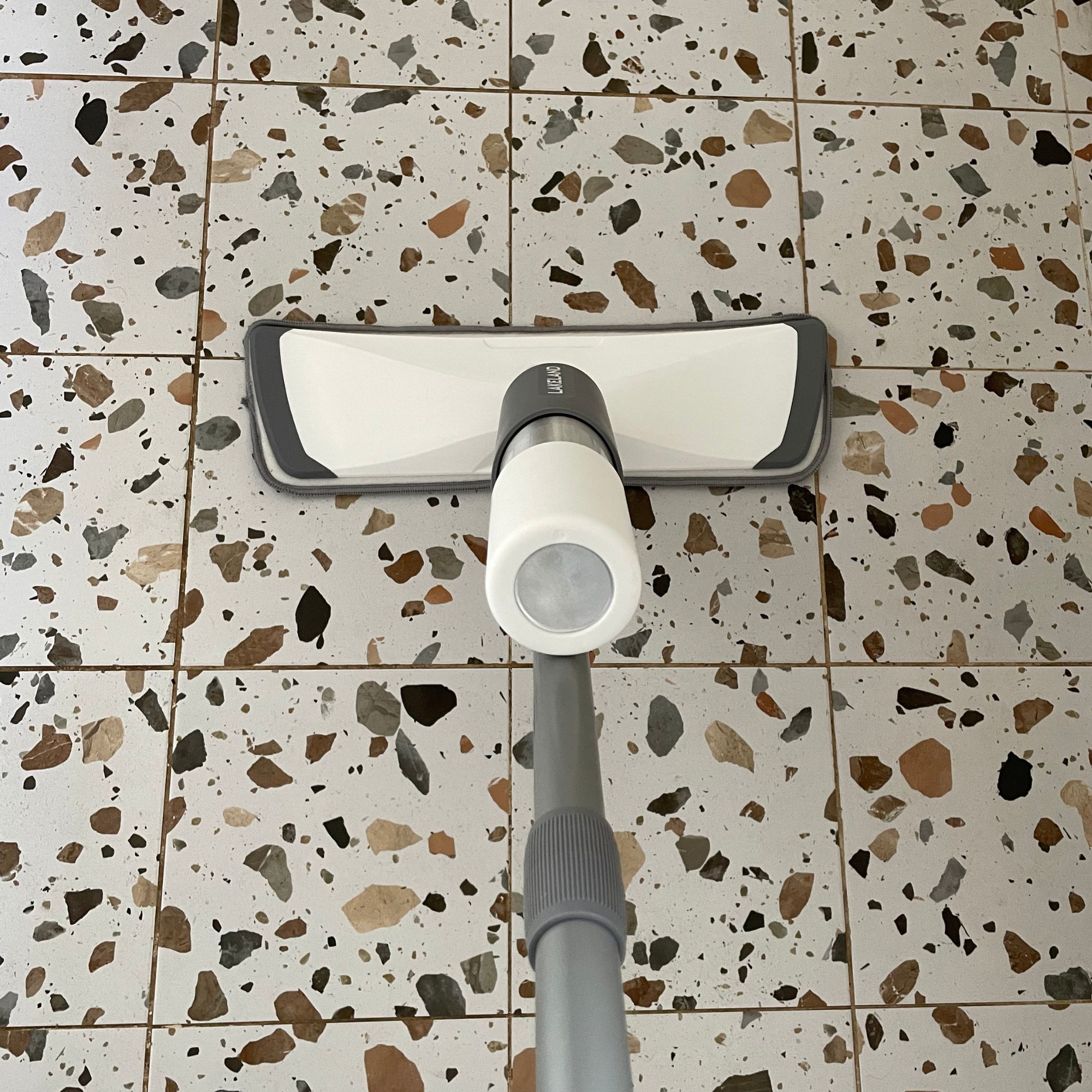 Experts warn that these 5 mopping mistakes are making your floors dirtier — and damaging your floors in the process
Experts warn that these 5 mopping mistakes are making your floors dirtier — and damaging your floors in the processThis is how to keep them clean and avoid costly damage
By Lauren Bradbury
-
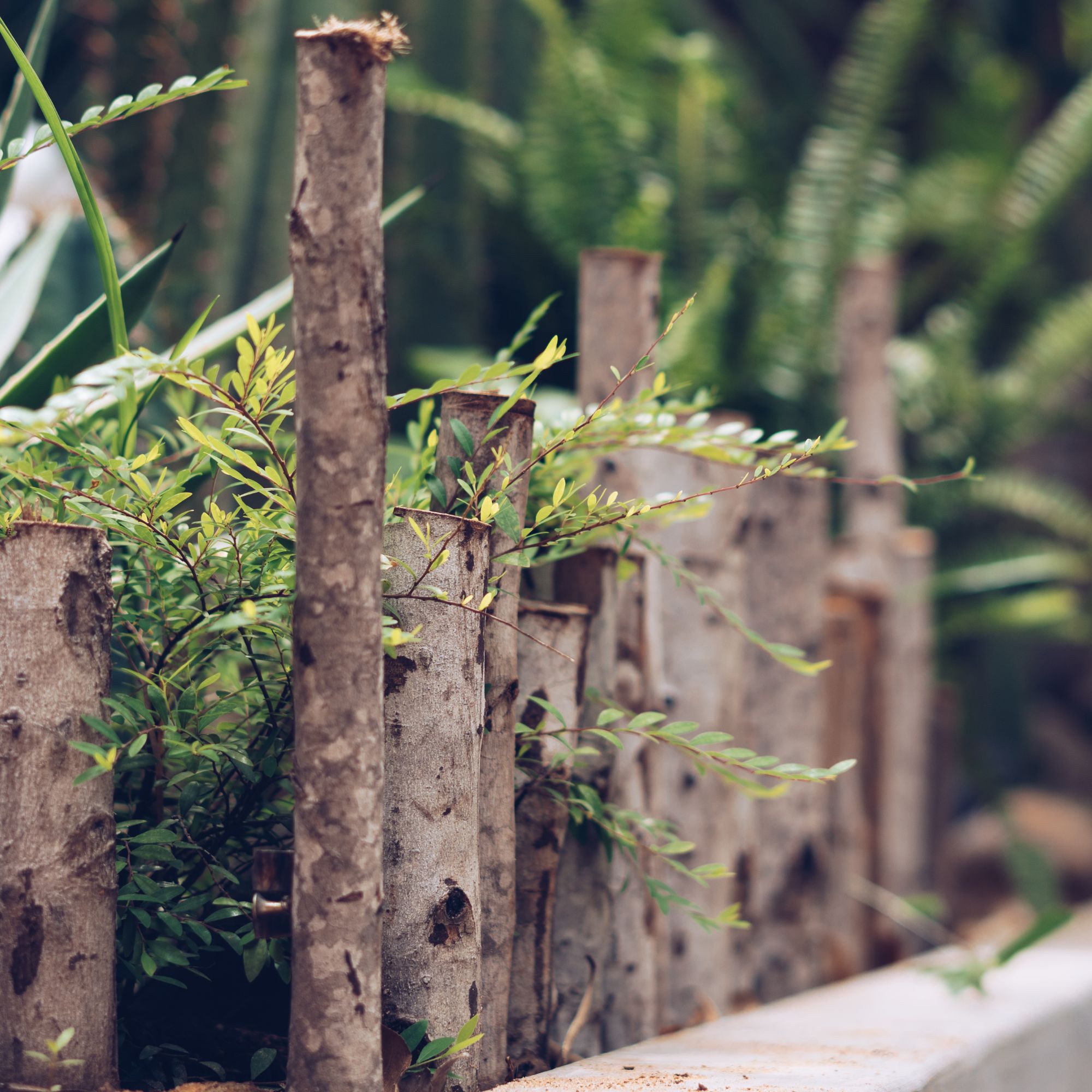 Move over, fences – dead hedges are the wild and wonderful alternative your garden will love and they're easier to build than you'd think
Move over, fences – dead hedges are the wild and wonderful alternative your garden will love and they're easier to build than you'd thinkThe perfect eco-friendly solution for small gardens
By Kayleigh Dray